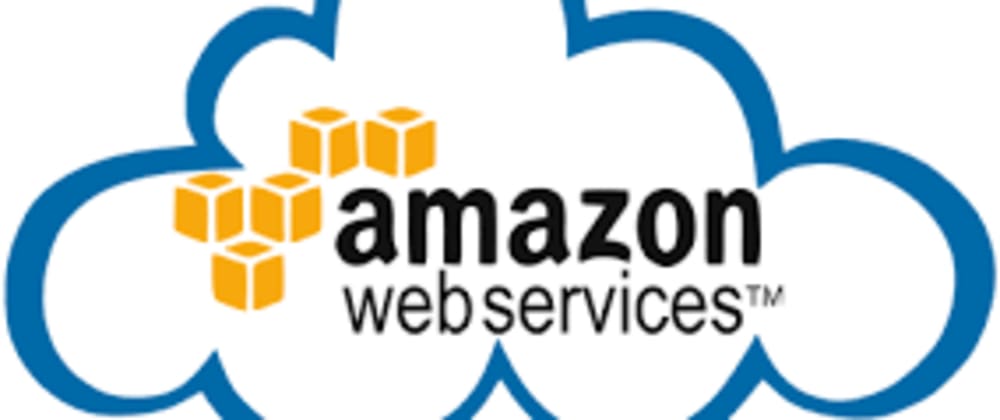First, of all, I'm sorry that yesterday I didn't publish my post although I studied I felt pretty tire to write down about it.
I have focused these days to study about VCP, Internet Gateway (IGW), Route Tables, Network Access Control List, Subnets and Availability Zones.
IGW
from the AWS docs "An internet gateway is a horizontally scaled, redundant, and highly available VPC component that allows communication between instances in your VPC and the internet. It, therefore, imposes no availability risks or bandwidth constraints on your network traffic.
An internet gateway serves two purposes: to provide a target in your VPC route tables for internet-routable traffic, and to perform network address translation (NAT) for instances that have not been assigned public IPv4 addresses".
So In other words, IGW is a combination of hardware and software that provides your private network with a route to the internet.
Route Tables
It's a set of rules called routes, that are used to determine where network traffic is redirected.
NACL
It's one optional layer of security for your VPC, it's like a firewall. The following image will explain to you what are route tables and NACL:
The NACL has inbound rules and outbound rules, by default all the traffic is allowed (for both) but you can set rules allowing specific routes, ports or whether it's HTTP or SSH and other.
Subnets
It's a word that AWS uses to say subnetwork, each subnet must reside in one availability zone, and you can add one or more subnets to one availability zone.
In the image above you can see how we split the subnets into different availability zones, and also is a good practice divide your EC2 and Databases into different subnets.
Availability Zones
All the AWS resources that you launch like EC2 /RDS must be placed in VPC subnets and any subnet must be located in an Availability Zone.
Something important to mention is that you can use multiple Availability zones to create a redundancy architecture providing high disponibility and fault tolerance.
For example, if something happens to the Availability Zone A, automatically will be switched to the B, granting you website or system alive and save.
To the end, I did a practice integrating all the topic described above, and I took a test that I passed with 83% / 100%.
Besides, I want to say thank you to Andrew Brown because he was giving me many thoughts about the cloud practitioner certification. Also he gave me early access to his platform, it's pretty cool but when I finish the actual course I'll study from there.
That's all for today, tomorrow another post.
Thank you all.











Oldest comments (3)
Great post! I’ve actually never used IGW / NACL, everything gets public IPs. NAT is great for security though so I should shuffle some things around.
Keep up the studies! :)
Hey Wilfredo,
For your 30 Days articles you can turn them into a series so people can easily navigate between each article by placing the following in front matter which appears at the top of the editing box while writing an article.
Dev.to has implemented Series! Series are cool! Coding Concepts is now a series! Cool!
Chris Bertrand ・ 2 min read
Thanks you, I gonna check it. Honestly someone mentioned that but I didn´t know how to put it on my post.